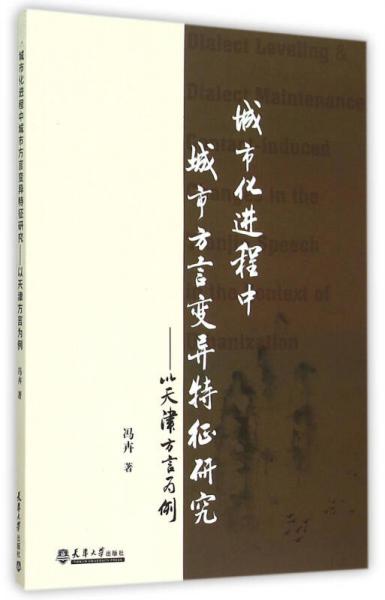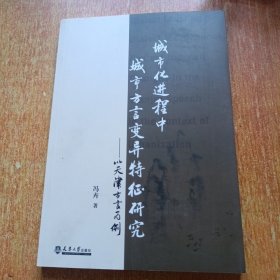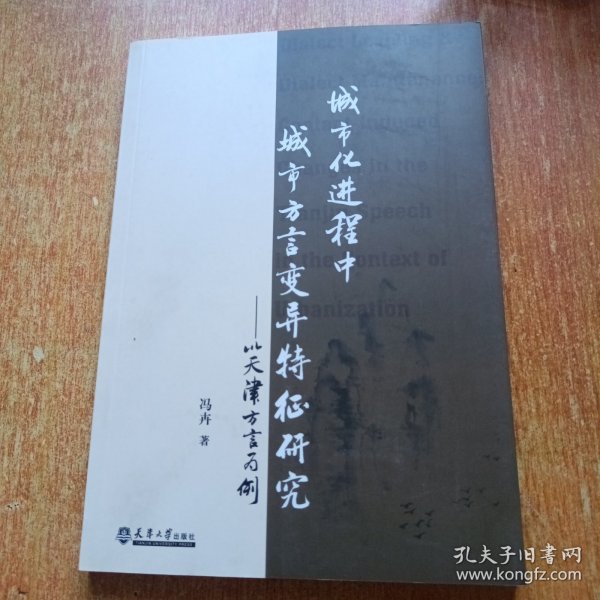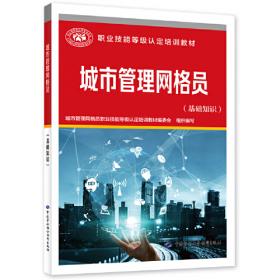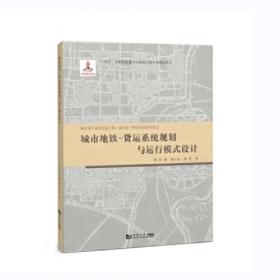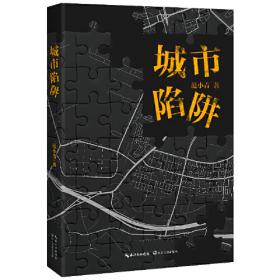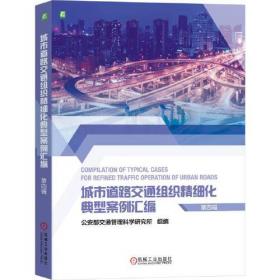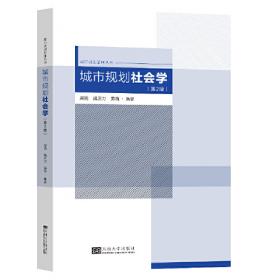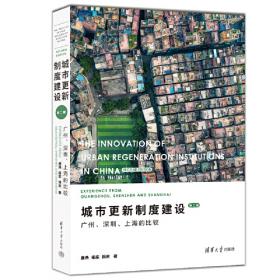城市化进程中城市方言变异特征研究:以天津方言为例
出版时间:
2015-10
版次:
1
ISBN:
9787561853580
定价:
25.00
装帧:
平装
开本:
16开
纸张:
胶版纸
页数:
176页
字数:
337千字
1人买过
-
冯卉所著的《城市化进程中城市方言变异特征研究--以天津方言为例(英文版)》以前期在国企和外企所作的有关天津话变异的试验性研究为基础,提出可能会影响天津话变异趋势的分析模式,即在城市化进程中,普通民众对方言感知以及使用的态度变化、地域及职业的流动性所引发的个体的社会网络变化、政府对推广普通话力度的加强,这三方面的力量在每个个体方言的使用过程中不停地在抗衡。标准语言市场和语言思想是推进语言标准化的“向心力”,在它的作用下,方言中的地方特色会逐渐消失;与此相反,倾向于地方文化的地方语言市场和语言思想则是“离心力”,在它的作用下,方言中的地方特色被保留在个体的话语中。正是这两种无形力量的制约与抗衡*终决定方言的特征是逐渐消失还是被保留。在此分析模式的基础上,本研究对141名土生土长的天津人所使用的天津方言的变异与变化进行了分析和阐释。为此,在考察传统的四个社会因素(年龄、性别、职业和教育程度)对语言学变量的影响之外,我们同时找出另外六个可能会对天津话的变异产生影响的社会心理因素,即受访者的工作地点性质、工作时间长短、对天津话的态度、在工作中及工作环境以外的社会网络密度以及在工作中普通话使用的情况。 Chapter 1 Introduction
1.1 Dialect Contact Studies: An Emergent Field of Enquiry
1.2 Globalization and the Changing Tianfin Dialect
1.3 Layout of the Book
Chapter 2 Language Variation and Change: From Traditional Dialectology to Social Dialectology
2.1 The Western Tradition in the Study of Language Variation and Change
2.1.1 Historical Linguistic Studies: Achievements and Limitations
2.1.2 Sociolinguistie Perspectives
2.1.2.1 Variationist Approach
2.1.2.2 Social Network Theory
2.1.3 Dialect Contact
2.1.3.1 Language Contact versus Dialect Contact
2.1.3.2 Traditional Dialeetology versus Social Dialeetology
2.1.3.3 Theory and Principles for Dialect Contact
2.1.3.4 Processes/Mechanisms of Dialect Contact
2.2 The Study of Language Variation and Change in the Chinese Context
2.2.1 Philological Studies
2.2.2 Sociolinguistic Studies
2.2.3 Studies on Tianjin Dialect
2.2.3.1 Salient Features of Tianfin Dialect
2.2.3.2 Sociolinguistic Studies on Tiajin Dialect
2.2.4 Dialect Contact Research
2.2.4.1 Deficiencies of Traditional Chinese Dialectology
2.2.4.2 Dialect Contact--An Emergent Field of Inquiry in China
2.2.4.3 Limitations of Previous Sociolinguistic Researches on Tianjin Dialect
Chapter 3 The Proposed Framework
3.1 Pilot Study
3.2 The Framework
3.2.1 Language Ideology
3.2.2 Linguistic Market
3.3 Dialect Leveling
3.3.1 Standard Linguistic Market
3.3.2 Loose-knit Social Network
3.3.3 Process of Long-term Accommodation
3.4 Dialect Maintenance
3.4.1 Globalization and Local Culture
3.4.2 Close-knit Social Network
3.4.3 Vernacular Linguistic Market
3.5 Summary
Chapter 4 Variables and Data Collection
4.1 Social Variables
4.1.1 Demographic Variables
4.1.1.1 Sex
4.1.1.2 Age
4.1.1.3 Occupation
4.1.1.4 Level of Education
4.1.1.5 Workplace
4.1.1.6 Length of Service
4.1.2 Sociopsychologieal Variables
4.1.2.1 Attitude towards Tianfin Dialect
4.1.2.2 Frequency of Contact with Putonghua
4.1.2.3 Frequency of Using Putonghua at Work
4.2 Linguistic Variables
4.2.1 Lexical Items
4.2.2 Consonants
4.2.3 Application of FF Rule
4.3 Data Collection
4.3.1 Observer's Paradox
4.3.2 Selecting Informants
4.3.3 Collecting Data for Consonants and FF Rule
4.3.4 Collecting Data for Lexieal Items
Chapter 5 Data Analysis, Findings and Discussion
5.1 Construction of the Lexieal Items
5.2 Relations between AGE/SEX/OCC/EDU and Linguistic Variables
5.2.1 AGE with Linguistic Variables
5.2.2 EDU with Linguistic Variables
5.2.3 SEX with Linguistic Variables
5.2.4 OCC with Linguistic Variables
5.2.5 MODEL-1 with Four Demographic Variables
5.3 Relations between WP/LoS and Linguistic Variables
5.3.1 WP with Residuals of Linguistic Variables
5.3.2 LoS with Residuals of Linguistic Variables
5.3.3 MODEL-2 with Six Demographic Variables
5.4 Relations between ATT/SOCNET1/SOCNET2/FREQ and Linguistic Variables
5.4.1 Relations between ATT and Linguistic Variables
5.4.2 Relations between SOCNET1/SOCNET2 and Linguistic Variables
5.4.3 Construction of SOCNET
5.4.4 Relations between FREQ and Linguistic Variables
5.4.5 MODEL-3 with Sociopsychological Variables
5.5 Effect of WP on ATT, SOCNET1 and FREQ
5.6 MODEL-4 with All Significant Variables
5.7 Linguistic Variations in Different Styles
5.8 The Group of Informants with the Most Features of Tianjin Dialect
5.9 Change in Progress?
5.9.1 Lexical Change in Progress
5.9.2 Peculiar Consonant Change in Progress
5.9.3 FF Rule Change in Progress
5.10 Summary
Chapter 6 Conclusion
6.1 The Changing Tianfin Dialect in the Context of Globalization
6.2 New Issues and New Directions for Research on Dialects in Contact
Appendix 1: Questionnaire
Appendix 2: Lexical Items (161 Words)
Appendix 3: The Salient Lexical Items (100 Words)
Appendix 4: Passage Reading
Appendix 5: Models with and without the Retired Informants
References
Acknowledgements
-
内容简介:
冯卉所著的《城市化进程中城市方言变异特征研究--以天津方言为例(英文版)》以前期在国企和外企所作的有关天津话变异的试验性研究为基础,提出可能会影响天津话变异趋势的分析模式,即在城市化进程中,普通民众对方言感知以及使用的态度变化、地域及职业的流动性所引发的个体的社会网络变化、政府对推广普通话力度的加强,这三方面的力量在每个个体方言的使用过程中不停地在抗衡。标准语言市场和语言思想是推进语言标准化的“向心力”,在它的作用下,方言中的地方特色会逐渐消失;与此相反,倾向于地方文化的地方语言市场和语言思想则是“离心力”,在它的作用下,方言中的地方特色被保留在个体的话语中。正是这两种无形力量的制约与抗衡*终决定方言的特征是逐渐消失还是被保留。在此分析模式的基础上,本研究对141名土生土长的天津人所使用的天津方言的变异与变化进行了分析和阐释。为此,在考察传统的四个社会因素(年龄、性别、职业和教育程度)对语言学变量的影响之外,我们同时找出另外六个可能会对天津话的变异产生影响的社会心理因素,即受访者的工作地点性质、工作时间长短、对天津话的态度、在工作中及工作环境以外的社会网络密度以及在工作中普通话使用的情况。
-
目录:
Chapter 1 Introduction
1.1 Dialect Contact Studies: An Emergent Field of Enquiry
1.2 Globalization and the Changing Tianfin Dialect
1.3 Layout of the Book
Chapter 2 Language Variation and Change: From Traditional Dialectology to Social Dialectology
2.1 The Western Tradition in the Study of Language Variation and Change
2.1.1 Historical Linguistic Studies: Achievements and Limitations
2.1.2 Sociolinguistie Perspectives
2.1.2.1 Variationist Approach
2.1.2.2 Social Network Theory
2.1.3 Dialect Contact
2.1.3.1 Language Contact versus Dialect Contact
2.1.3.2 Traditional Dialeetology versus Social Dialeetology
2.1.3.3 Theory and Principles for Dialect Contact
2.1.3.4 Processes/Mechanisms of Dialect Contact
2.2 The Study of Language Variation and Change in the Chinese Context
2.2.1 Philological Studies
2.2.2 Sociolinguistic Studies
2.2.3 Studies on Tianjin Dialect
2.2.3.1 Salient Features of Tianfin Dialect
2.2.3.2 Sociolinguistic Studies on Tiajin Dialect
2.2.4 Dialect Contact Research
2.2.4.1 Deficiencies of Traditional Chinese Dialectology
2.2.4.2 Dialect Contact--An Emergent Field of Inquiry in China
2.2.4.3 Limitations of Previous Sociolinguistic Researches on Tianjin Dialect
Chapter 3 The Proposed Framework
3.1 Pilot Study
3.2 The Framework
3.2.1 Language Ideology
3.2.2 Linguistic Market
3.3 Dialect Leveling
3.3.1 Standard Linguistic Market
3.3.2 Loose-knit Social Network
3.3.3 Process of Long-term Accommodation
3.4 Dialect Maintenance
3.4.1 Globalization and Local Culture
3.4.2 Close-knit Social Network
3.4.3 Vernacular Linguistic Market
3.5 Summary
Chapter 4 Variables and Data Collection
4.1 Social Variables
4.1.1 Demographic Variables
4.1.1.1 Sex
4.1.1.2 Age
4.1.1.3 Occupation
4.1.1.4 Level of Education
4.1.1.5 Workplace
4.1.1.6 Length of Service
4.1.2 Sociopsychologieal Variables
4.1.2.1 Attitude towards Tianfin Dialect
4.1.2.2 Frequency of Contact with Putonghua
4.1.2.3 Frequency of Using Putonghua at Work
4.2 Linguistic Variables
4.2.1 Lexical Items
4.2.2 Consonants
4.2.3 Application of FF Rule
4.3 Data Collection
4.3.1 Observer's Paradox
4.3.2 Selecting Informants
4.3.3 Collecting Data for Consonants and FF Rule
4.3.4 Collecting Data for Lexieal Items
Chapter 5 Data Analysis, Findings and Discussion
5.1 Construction of the Lexieal Items
5.2 Relations between AGE/SEX/OCC/EDU and Linguistic Variables
5.2.1 AGE with Linguistic Variables
5.2.2 EDU with Linguistic Variables
5.2.3 SEX with Linguistic Variables
5.2.4 OCC with Linguistic Variables
5.2.5 MODEL-1 with Four Demographic Variables
5.3 Relations between WP/LoS and Linguistic Variables
5.3.1 WP with Residuals of Linguistic Variables
5.3.2 LoS with Residuals of Linguistic Variables
5.3.3 MODEL-2 with Six Demographic Variables
5.4 Relations between ATT/SOCNET1/SOCNET2/FREQ and Linguistic Variables
5.4.1 Relations between ATT and Linguistic Variables
5.4.2 Relations between SOCNET1/SOCNET2 and Linguistic Variables
5.4.3 Construction of SOCNET
5.4.4 Relations between FREQ and Linguistic Variables
5.4.5 MODEL-3 with Sociopsychological Variables
5.5 Effect of WP on ATT, SOCNET1 and FREQ
5.6 MODEL-4 with All Significant Variables
5.7 Linguistic Variations in Different Styles
5.8 The Group of Informants with the Most Features of Tianjin Dialect
5.9 Change in Progress?
5.9.1 Lexical Change in Progress
5.9.2 Peculiar Consonant Change in Progress
5.9.3 FF Rule Change in Progress
5.10 Summary
Chapter 6 Conclusion
6.1 The Changing Tianfin Dialect in the Context of Globalization
6.2 New Issues and New Directions for Research on Dialects in Contact
Appendix 1: Questionnaire
Appendix 2: Lexical Items (161 Words)
Appendix 3: The Salient Lexical Items (100 Words)
Appendix 4: Passage Reading
Appendix 5: Models with and without the Retired Informants
References
Acknowledgements
查看详情
-
九品
天津市北辰区
平均发货11小时
成功完成率97.66%

 占位居中
占位居中

